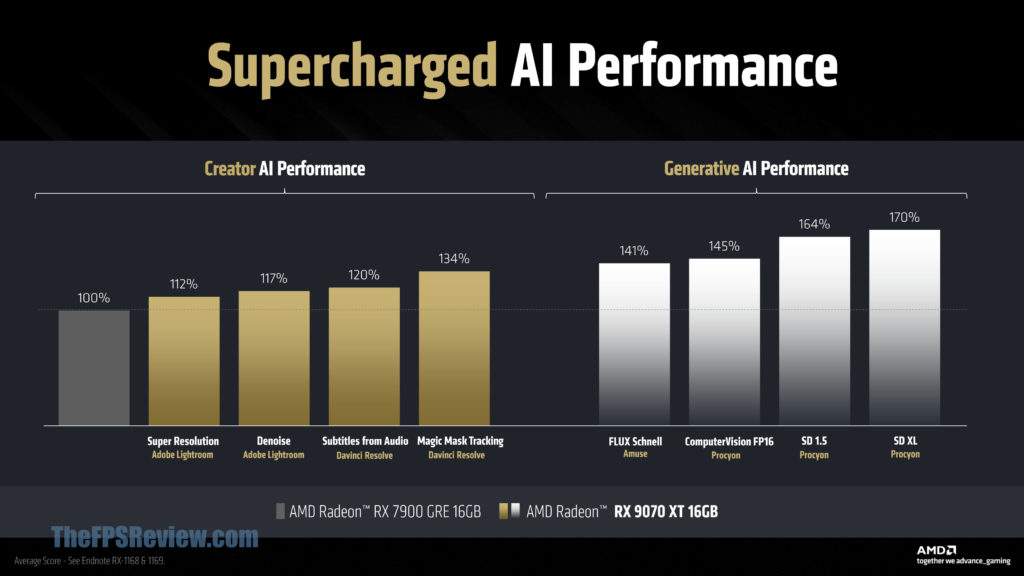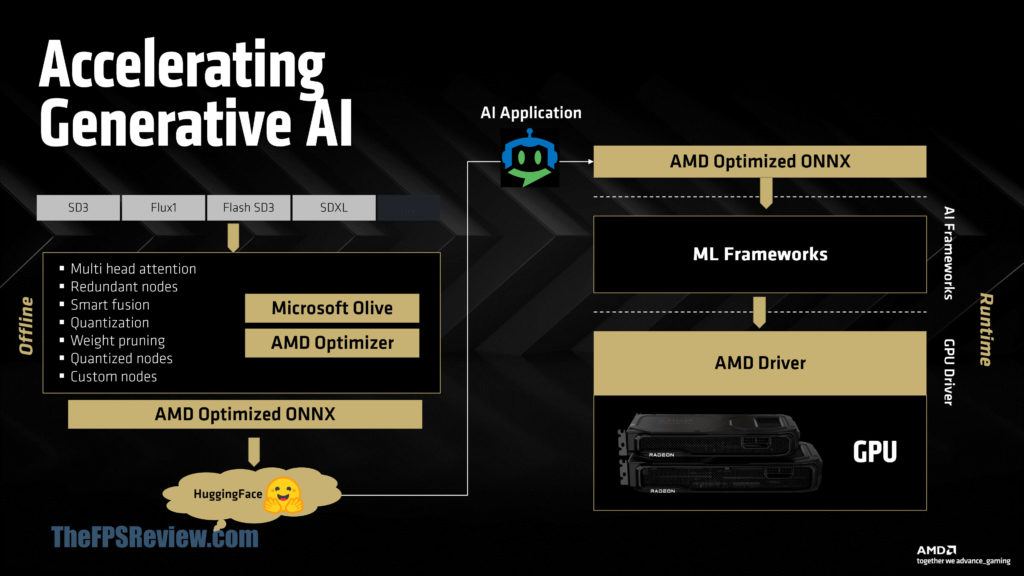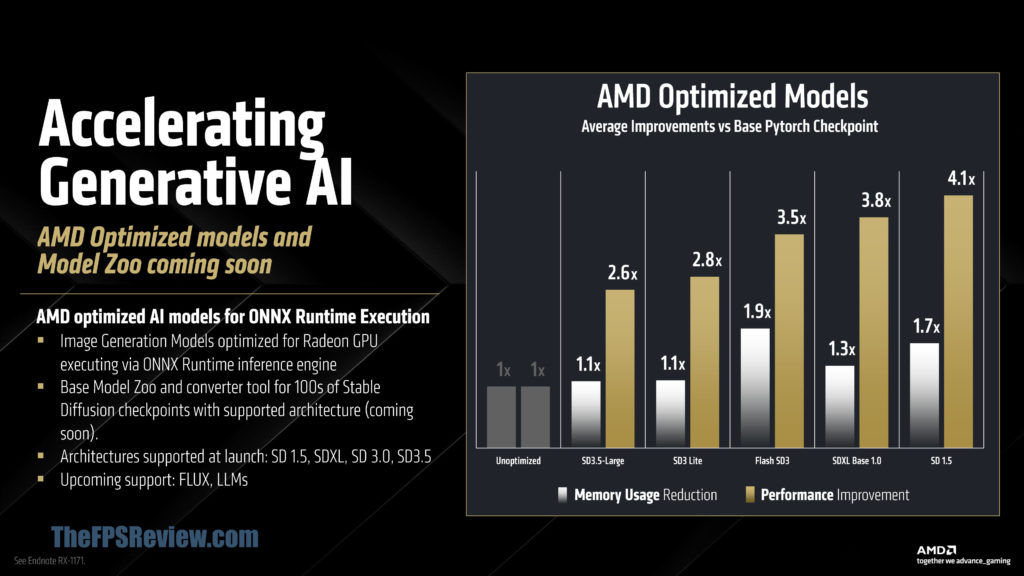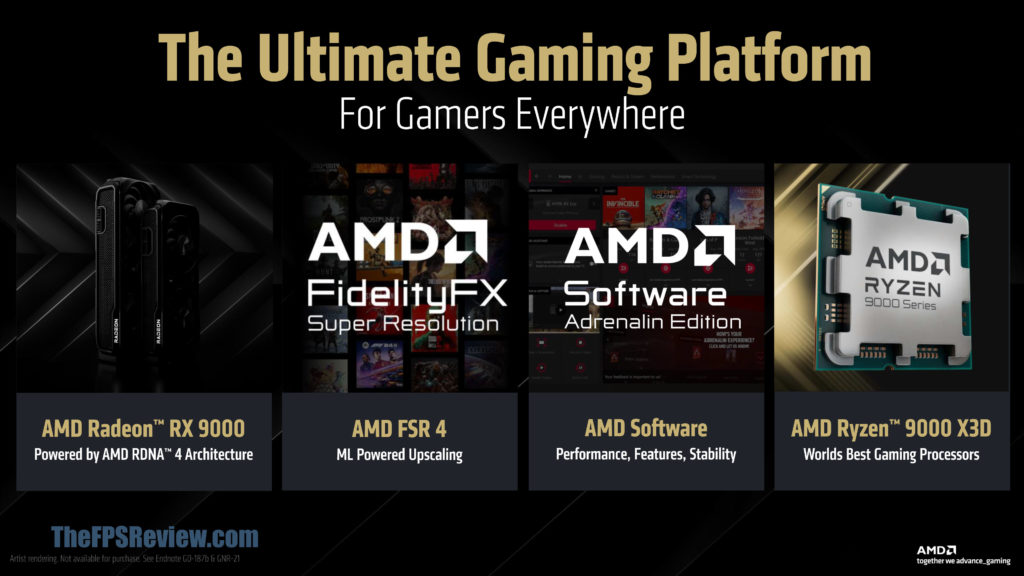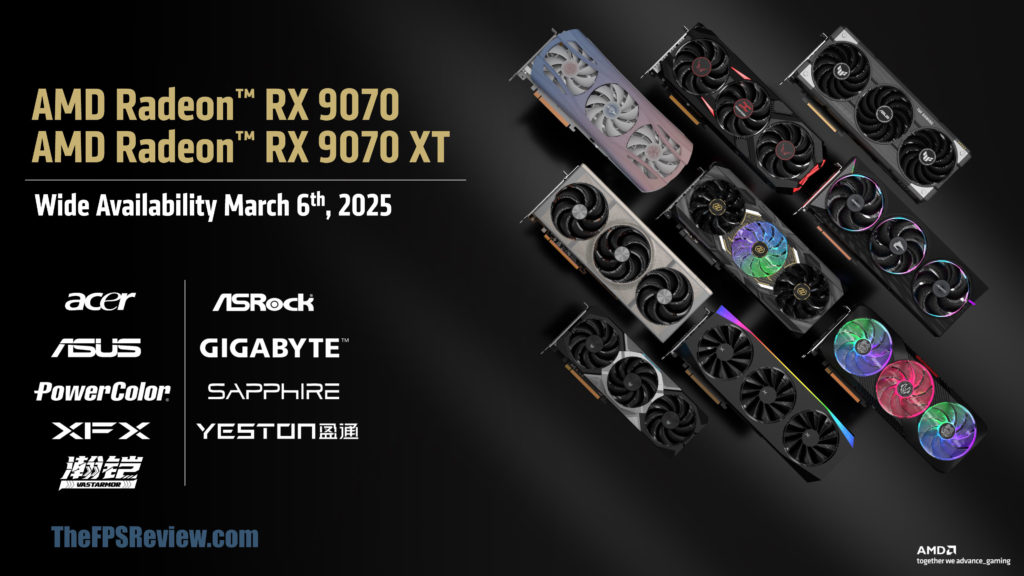
Introduction
Today, AMD announces the AMD Radeon RX 9000 series GPUs based on the RDNA 4 architecture for 2025. Though there was a pre(?)-announcement at CES 2025, now is the time that AMD is ready to divulge all the information on the Radeon RX 9000 series GPUs and all about the RDNA 4 architecture itself, as well as FSR 4, and more, including pricing, finally.
It’s been a long wait since CES 2025, a long wait for gamers to learn what the new RDNA 4 architecture will bring to the gaming experience and what the Radeon RX 9000 series graphics cards will provide. We did not know specific specifications until now, but now we have them all. AMD will be announcing the Radeon RX 9000 series graphics cards in a livestream (going live when this publishes), and by the time you read this, that livestream will be, well, live, and all the information will finally be out there.
In our announcement article today, we will post every single slide AMD sent us with this announcement for your viewing pleasure. We will provide our own commentary on some things along the way and then summarize our overall thoughts and opinions as best we can without having actual testing or performance data to reveal at the moment. Keep in mind that we cannot reveal performance benchmarks or testing right now; the actual launch and availability are still to come. Today’s reveal is simply that, a reveal about some expectations and first-party benchmarks by AMD, so take those benchmarks with a grain of salt as usual.
Main Radeon RX 9000 Series Press Deck Starts Here

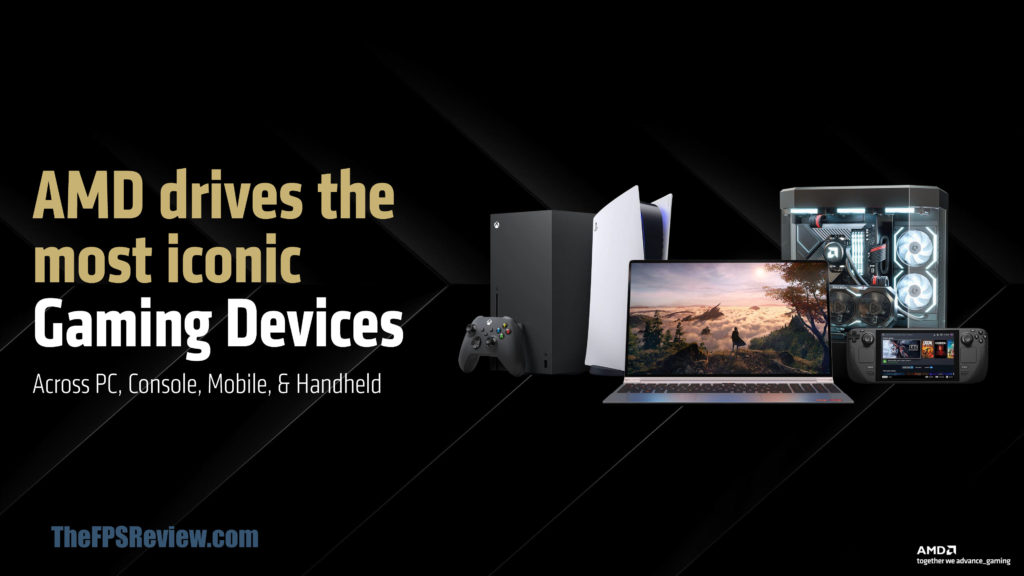
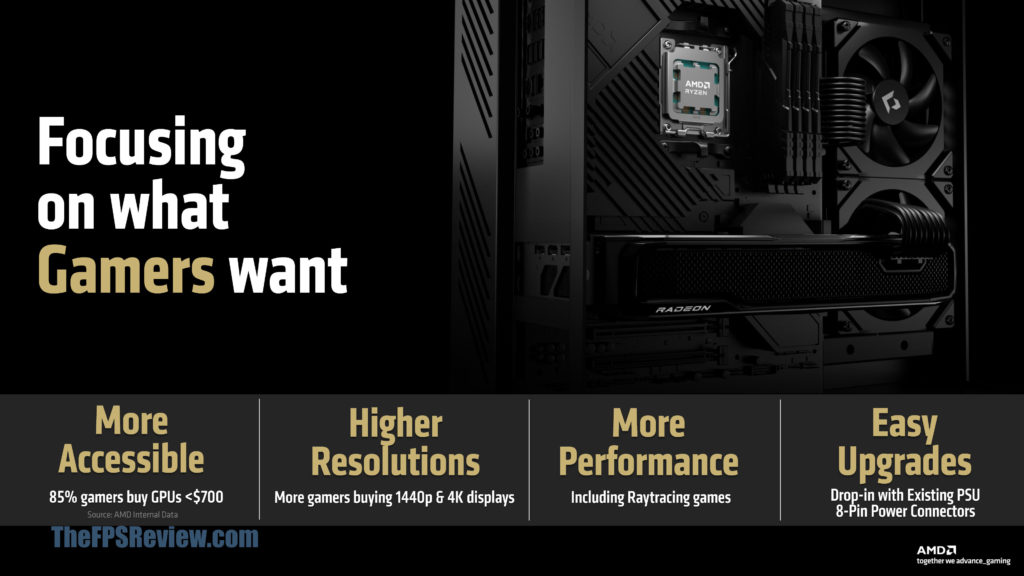
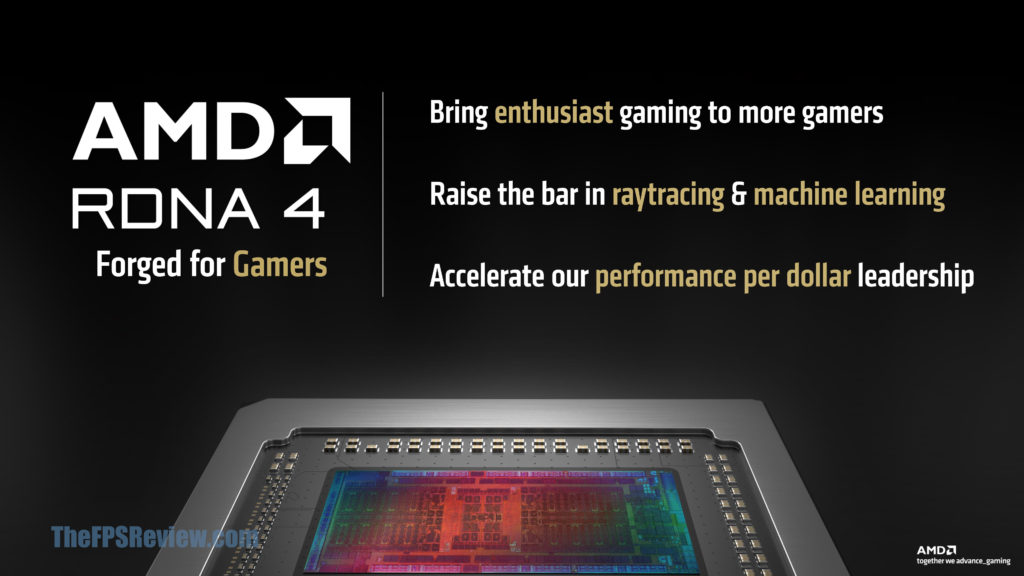
AMD is making it known that AMD hardware has a broad range of applications, from consoles, desktop PC, mobile, and handhelds, Indeed, you cannot deny the broad scope and reach that AMD has in hardware. AMD “Focusing on what Gamers want”, in which AMD indicates 85% of gamers buy GPUs less than $700, which sure is true, but I would argue that it should be less than $500, to be more accurate.
Higher resolutions, with 1440p and 4K becoming more of the norm, certainly true. AMD also recognizes that Ray Tracing is an important feature, and gamers demand higher performance. Easy upgrades as well, with existing PSUs and power connectors. RDNA 4 is “forged for gamers” raising the bar in raytracing and machine learning performance to improve performance per dollar.
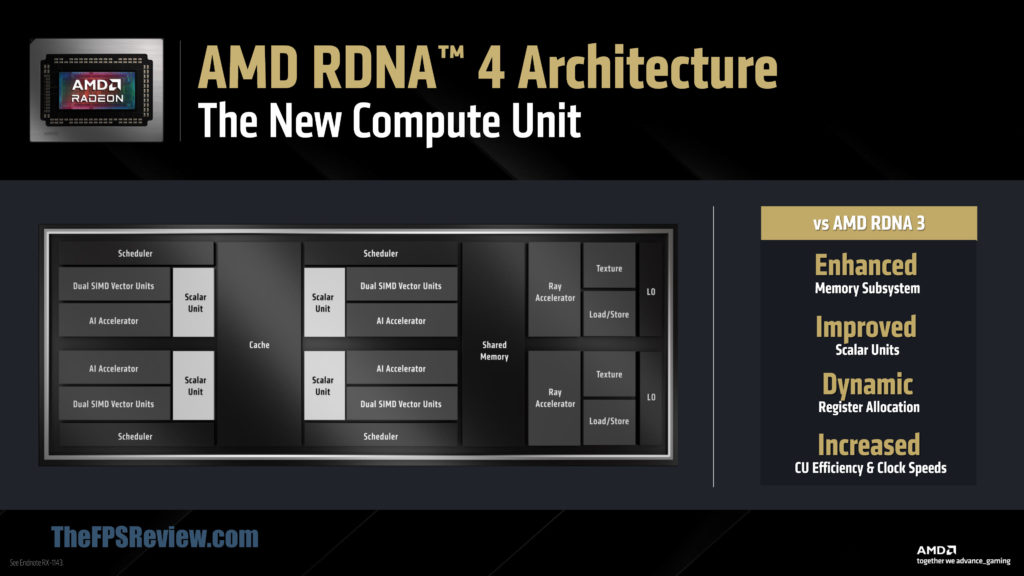
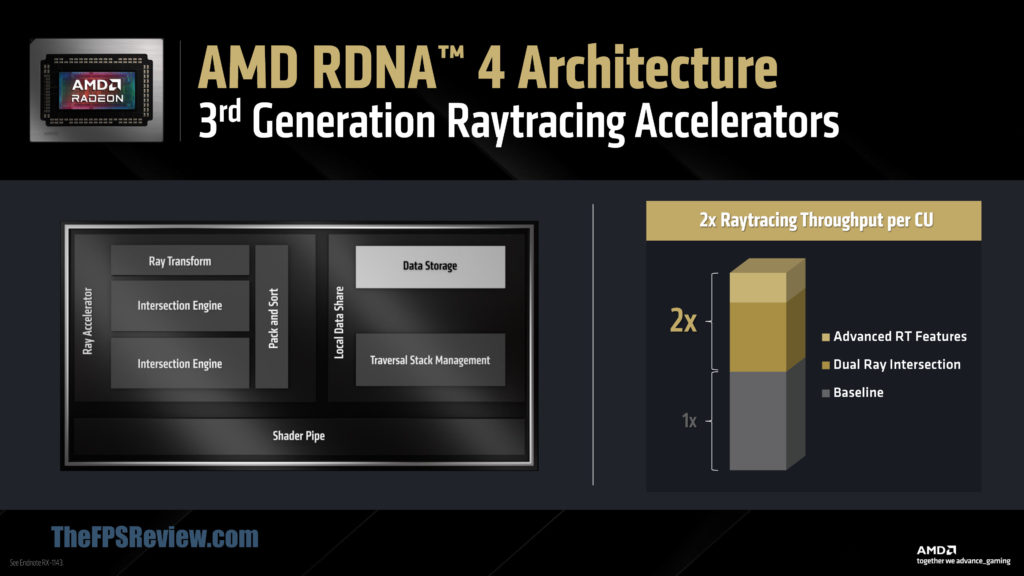
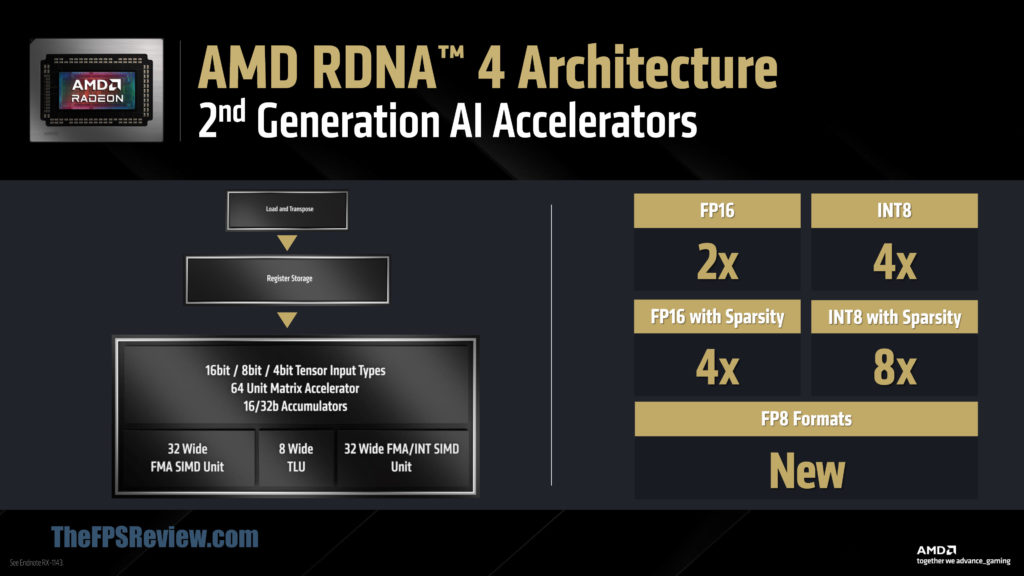
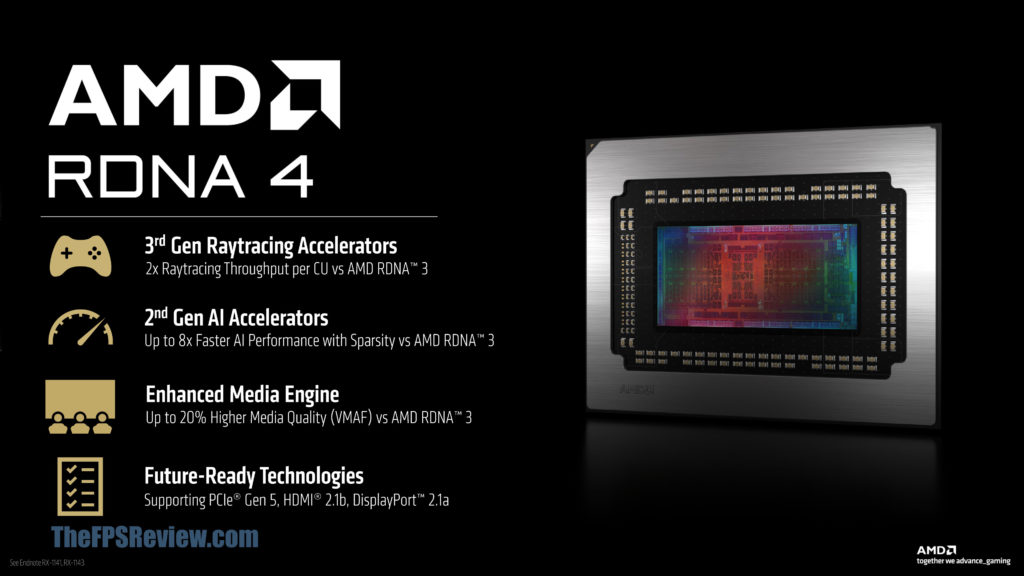
The key to AMD’s goals this generation is the new RDNA 4 architecture (we’ll have a deeper dive later in this article). Some top-level information is that RDNA 4 includes a new compute unit with an enhanced memory subsystem, improved scalar units, dynamic register allocation, and increased CU efficiency and clock speeds. RDNA 4 also includes new 3rd generation Raytracing Accelerators, which increases Raytracing Throughput 2x per CU compared to the previous generation. This is done by increasing Ray Intersection performance and more advanced RT features.
AI is a huge component of RDNA 4, and this introduces the 2nd-generation AI accelerators from AMD. These new accelerators increase FP16 2x, INT8 4x, FP16 with Sparsity 4X, and INT8 with Sparsity 8X and new FP8 formats. You’ll note that INT8 gets some big boosts in performance, and this was key for introducing machine learning-based FSR 4 Upscaling. Culminating these improvements, RDNA 4 also includes an Enhanced Media Engine with up to 20% higher media quality and Future-Ready display technologies like HDMI 2.1b, DisplaryPort 2.1a, and PCI-Express 5.0 support.
AMD Radeon RX 9070 Series
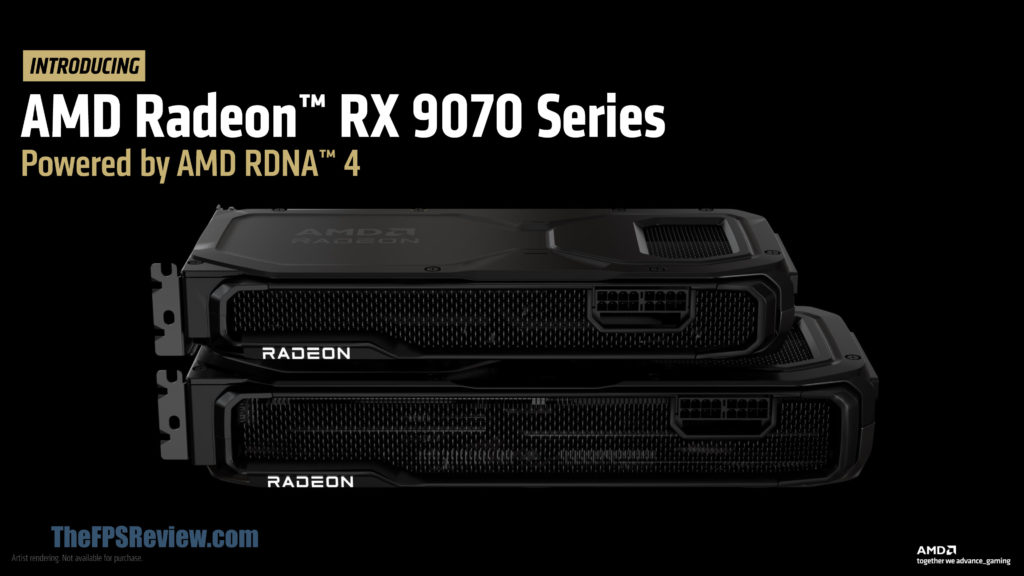
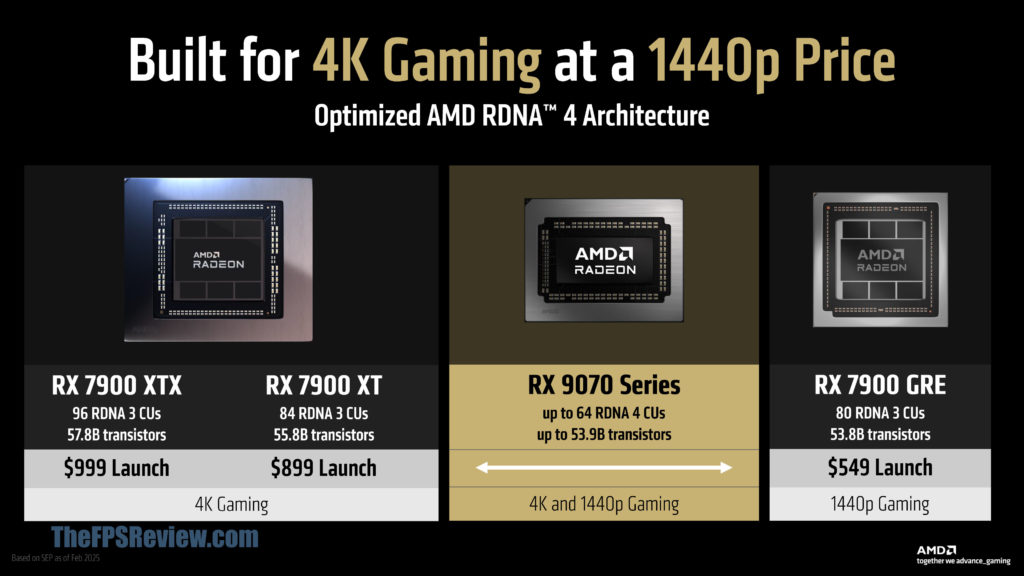

To make these realizations take place, the new AMD Radeon RX 9070 series graphics cards are based on this RDNA 4 architecture technology. The Radeon RX 9070 series, from a high-level, provides 4K and 1440p gaming with up to 64 RDNA 4 CUs and up to 53.9B transistors.
The AMD Radeon RX 9070 XT leads the top of the SKU as AMD’s flagship GPU this generation. The AMD Radeon RX 9070 XT has 64 CUs, 64 hardware RT accelerators, 128 hardware AI accelerators, with 1557 peak TOPS, clocked at a boost clock of 2.97GHz with 16GB of GDDR6 with a total board power of 304W.
The AMD Radeon RX 9070 falls in under the RX 9070 XT and has 56 CUs, 56 hardware RT accelerators, 112 AI accelerators, with 1165 peak TOPS, a boost clock of 2.52GHz, and 16GB of GDDR6 with a total board power of 220W.
AMD Radeon RX 9070 XT
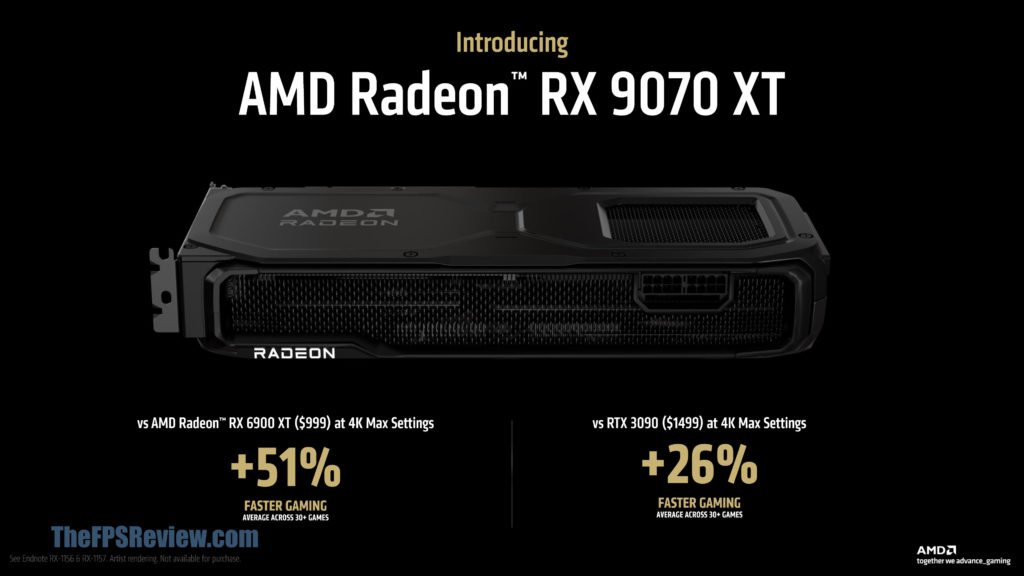

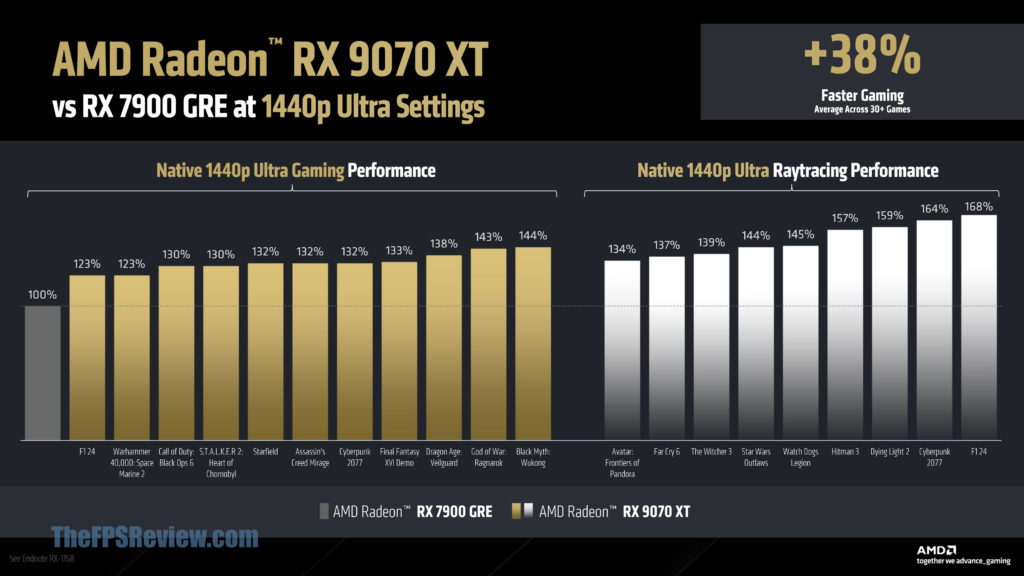
At the high-end, AMD is claiming with first-party benchmarks that the Radeon RX 9070 XT is up to 51% faster than the Radeon RX 6900 XT at 4K max settings, averaging across 30+ games. AMD is also claiming that the AMD Radeon RX 9070 XT is up to 26% faster than the GeForce RTX 3090 at 4K max settings, averaging across 30+ games.
Again, these are first-party benchmarks, if we look at the first benchmark graphs at 4K, we can see that AMD is also comparing the Radeon RX 9070 XT to the Radeon RX 7900 GRE. When compared to the Radeon RX 7900 GRE in raster performance, we see anywhere from 23% faster up to 48% faster. When we look at Raytracing performance, we see anywhere from 36% faster up to a whopping 66% faster. From this, we can at least tell that Raytracing seems to be a bigger uplift than raster, at least on paper.
When we look at the benchmark graphs at 1440p, we see that AMD is showing the Radeon RX 9070 XT anywhere from 23% faster up to 44% faster in raster, and anywhere from 34% up to 68% faster in raytracing, even at 1440p.
AMD Radeon RX 9070
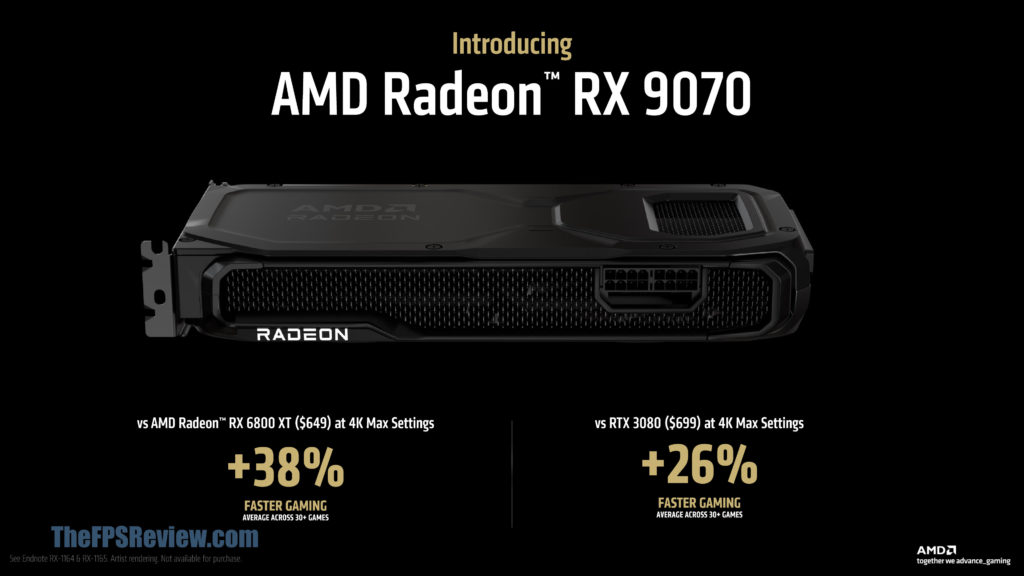
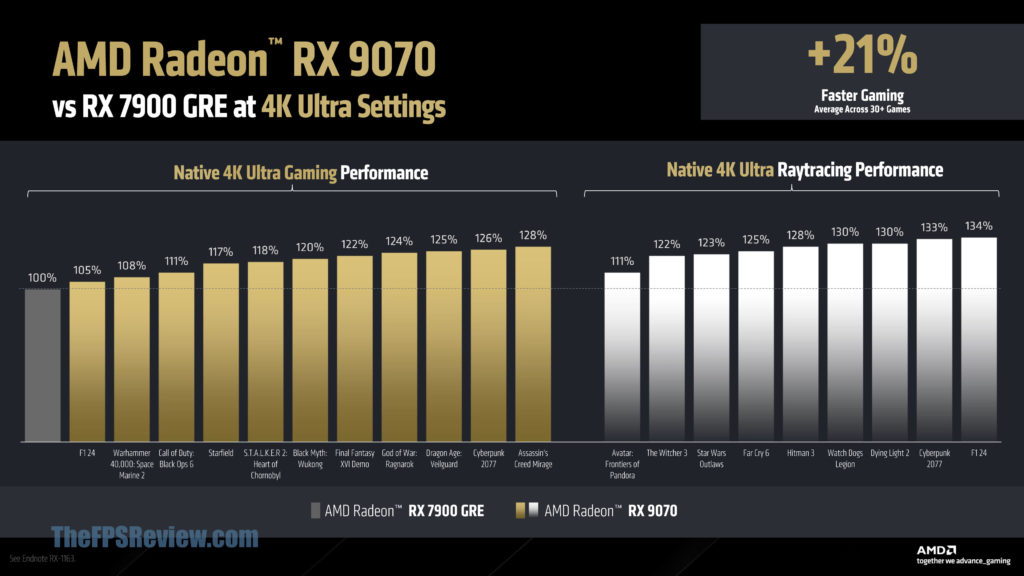
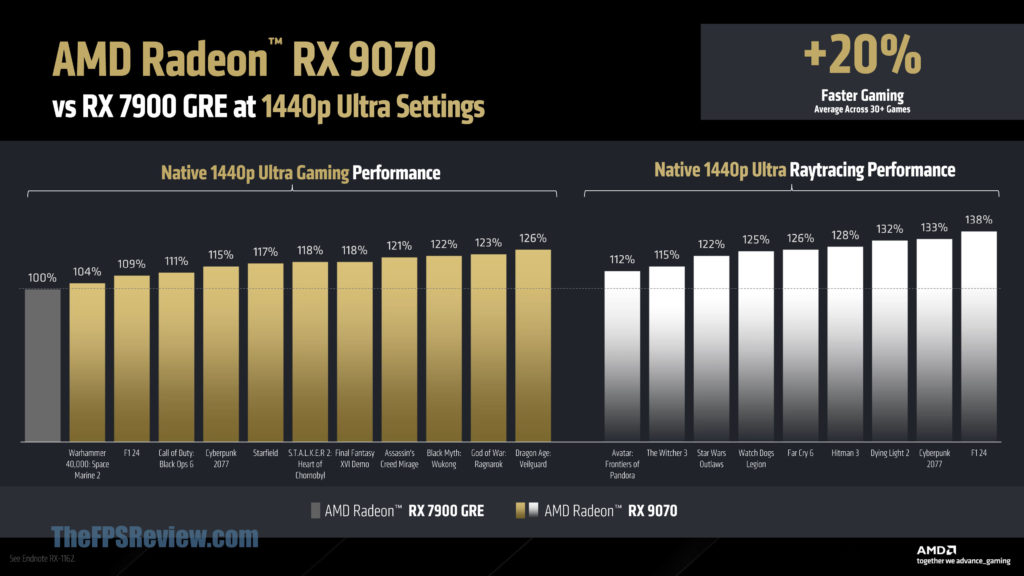
Right under the Radeon RX 9070 XT sits the Radeon RX 9070. In AMD’s first-party benchmarks, AMD claims the Radeon RX 9070 is up to 38% faster in 4K gaming compared to the Radeon RX 6800 XT as an average across 30+ games. AMD also claims an up to 26% performance uplift at 4K gaming compared to the GeForce RTX 3080 across an average of 30+ games.
Breaking this down, we can see that at 4K gaming, AMD shows the Radeon RX 9070 anywhere from 5% up to 28% faster than the Radeon RX 7900 GRE in raster performance. We can see that with Raytracing the Radeon RX 9070 is anywhere from 11% up to 34% faster than the Radeon RX 7900 GRE at 4K gaming with Raytracing. At 1440p gaming, the Radeon RX 9070 is anywhere from 4% up to 26% faster compared to the Radeon RX 7900 GRE in raster performance. In 1440p Raytracing performance, the Radeon RX 9070 is anywhere from 12% up to 38% faster than the Radeon RX 7900 GRE.
AMD Software Features
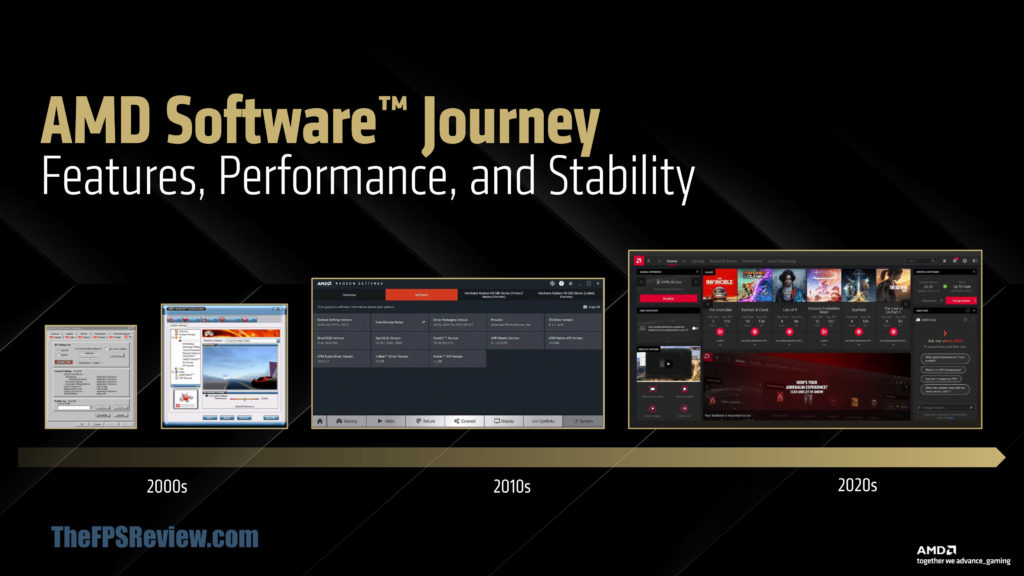
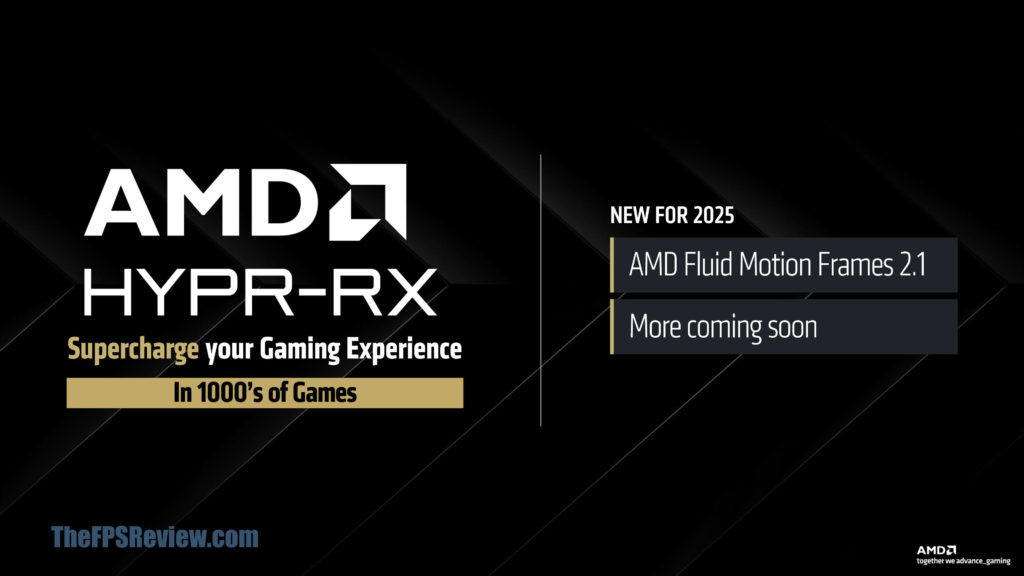
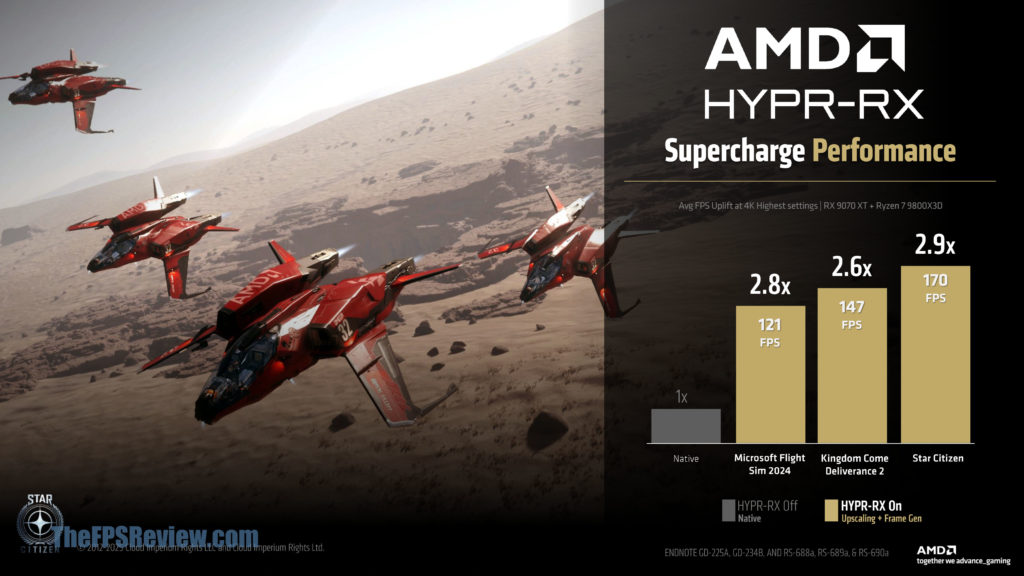
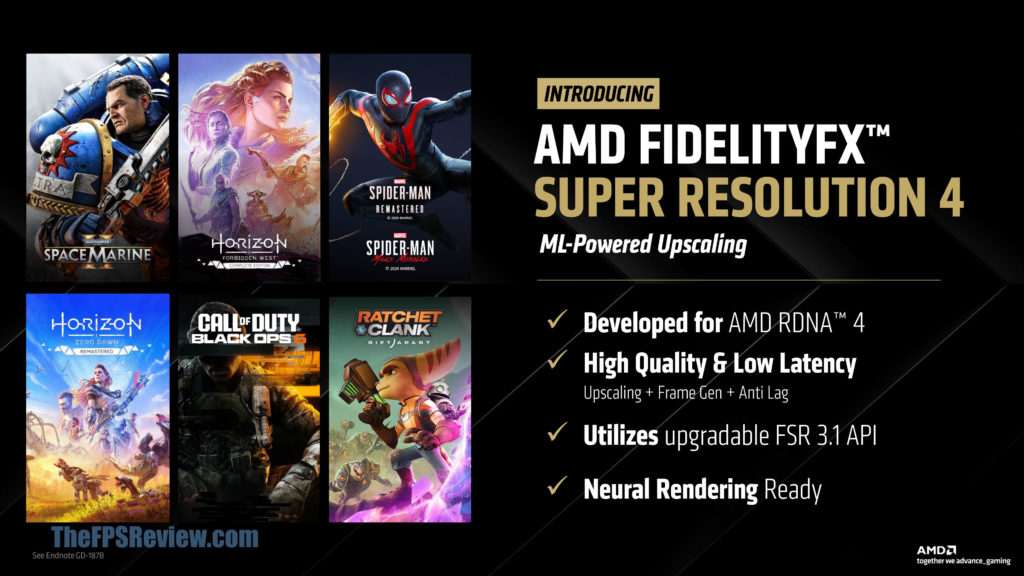
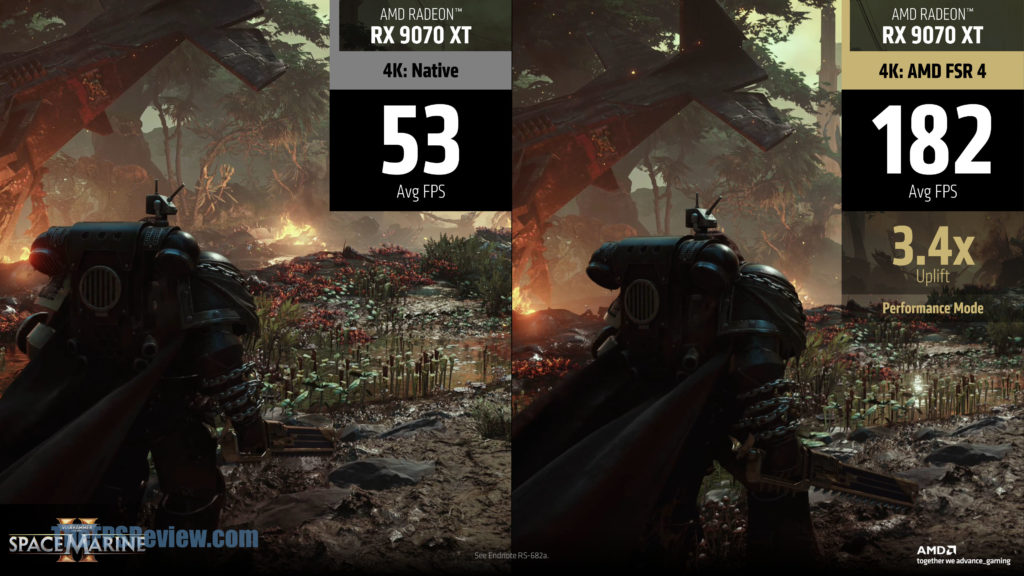
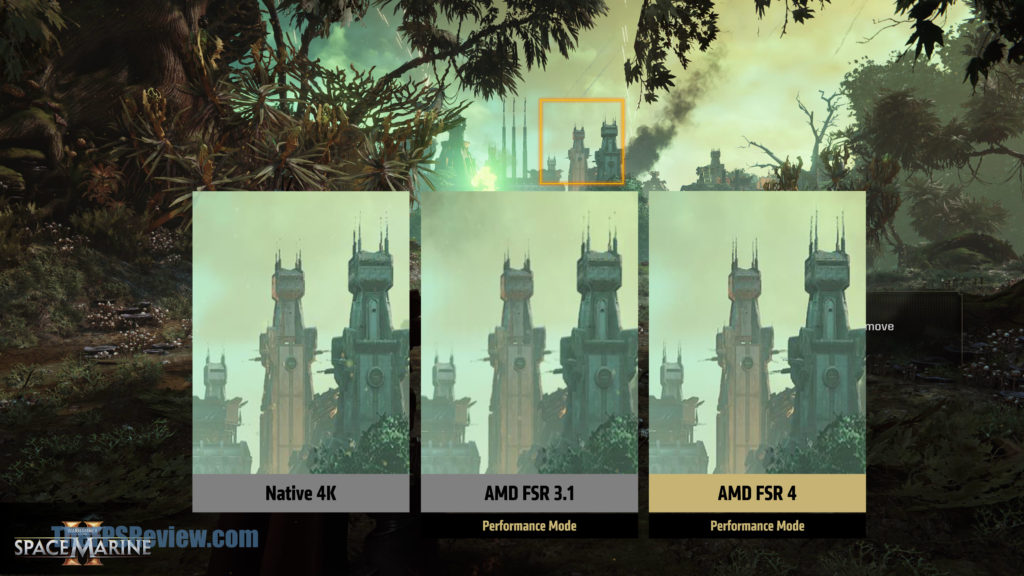
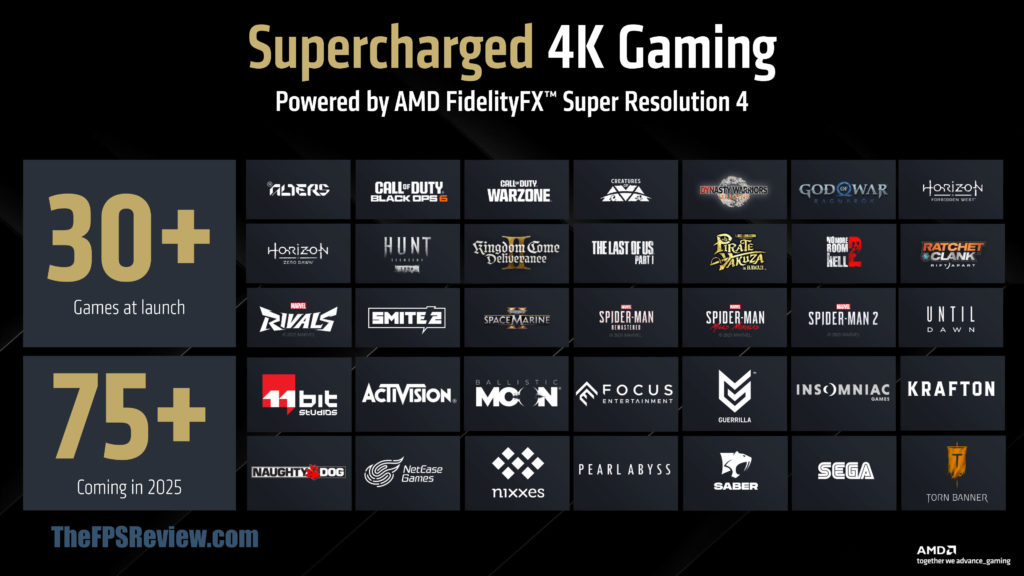
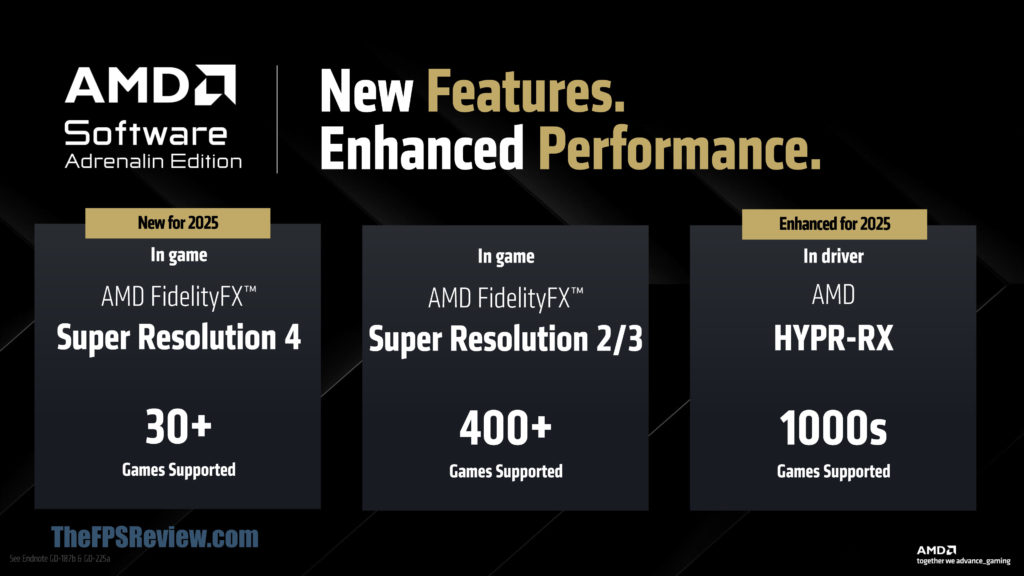
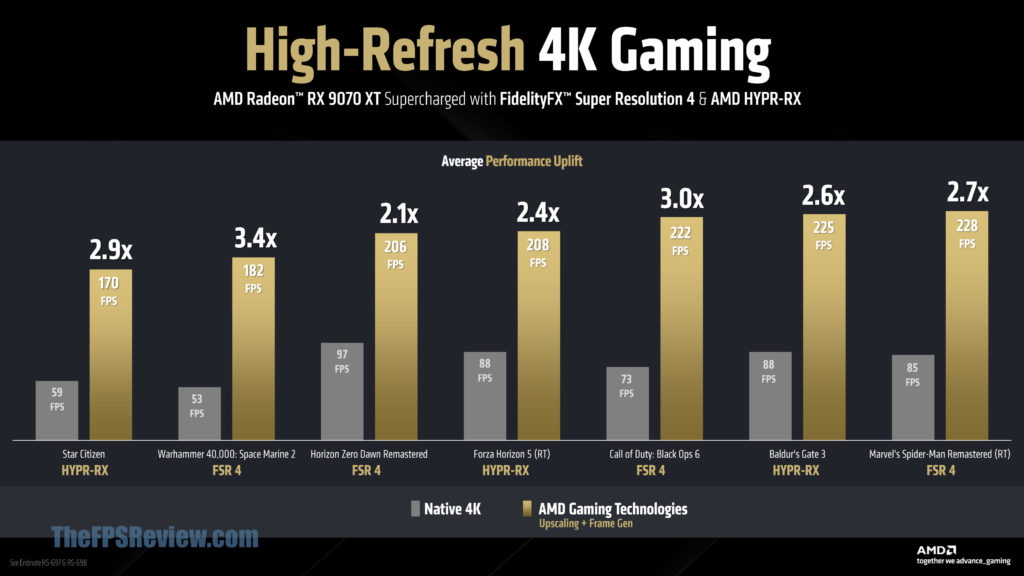
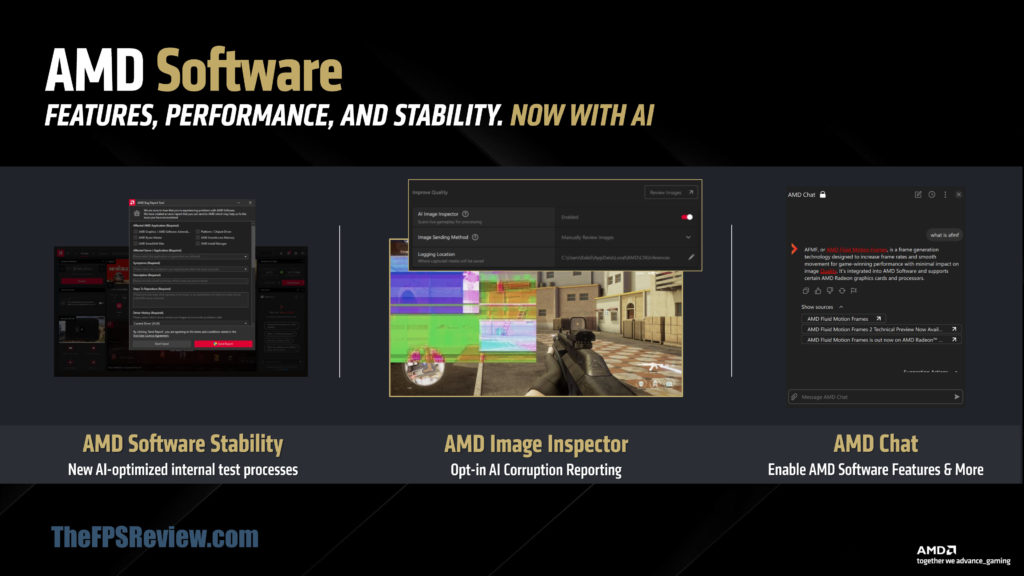
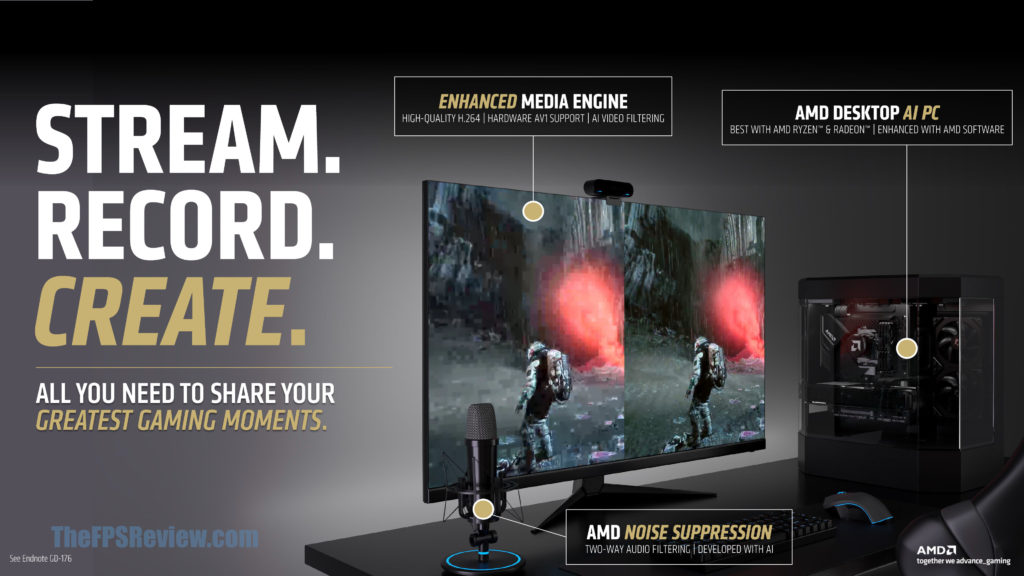
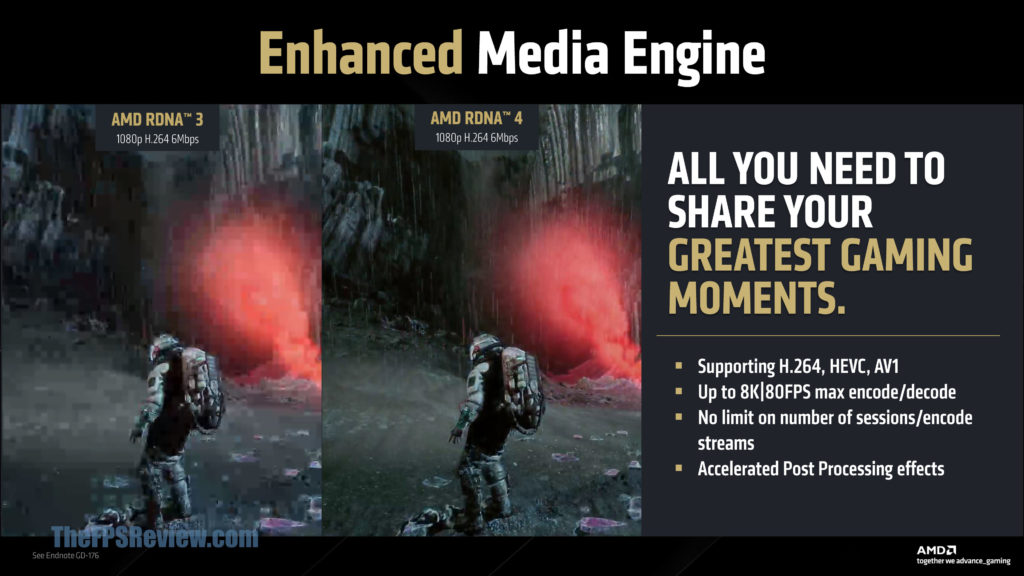
AMD also continues to improve driver features, performance, and stability over time. It is actually quite interesting to look back on previous versions of the software driver control panel, I remember the very early days, and the monstrosity that was the earlier Catalyst days requiring MS .NET Framework. The drivers and control panels have come a long way, and it is currently at its best with AMD Radeon Software.
New for 2025 AMD will be adding an AMD Fluid Motion Frames 2.1 update and more features to come. These can be all bundled up into a one-button enablement option that AMD is calling HYPR-RX. Note that HYPR-RX does enable both Upscaling and Frame Gen, so that comes with all the normal caveats in regards to latency, potential visual errors, and other issues, you do need a high base framerate for Frame Gen to provide the best experience.
We talk more about FSR 4 below, but yes, finally, FSR 4 is coming to the AMD Radeon RX 9000 series GPUs only for now. FSR 4 was developed alongside RDNA 4 and uses the AI accelerators for machine-learning AI-driven Upscaling finally. In addition, Frame Gen and Anti Lag will be supported. FSR 4 utilizes the upgradeable FSR 3.1 API, and it is Neural Rendering ready.
FSR 4 will support 30+ games at launch and 75+ games coming in 2025. Game support is key for this technology to really make an impact, so we will have to see if it comes to the popular, highly played games, or the more obscure games, it will make a difference to the success of it.
AMD is also updating the Media Engine, and it will have enhanced H.264 image quality and hardware AV1 as well as AI video filtering and things like AMD Noise Supression. These AI features will help streamers, let’s players, and any content creator to improve their experience.

